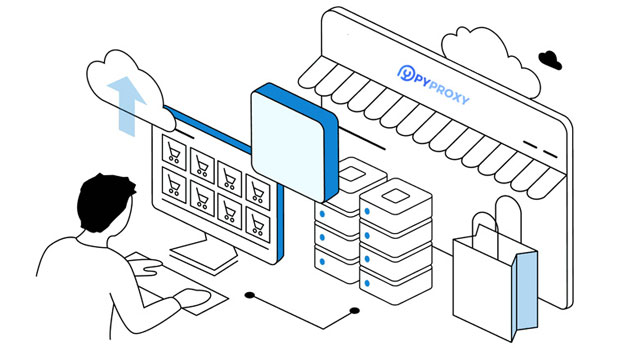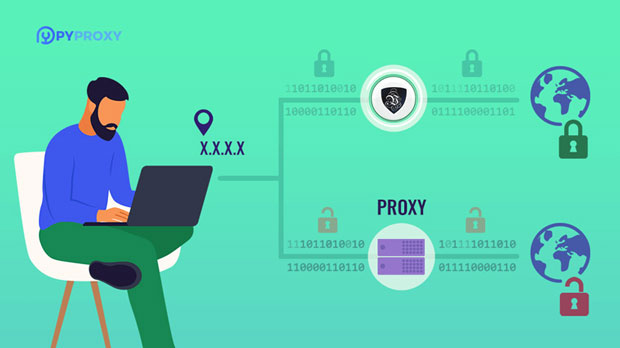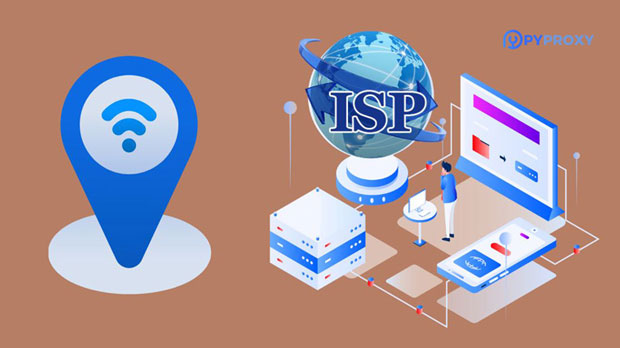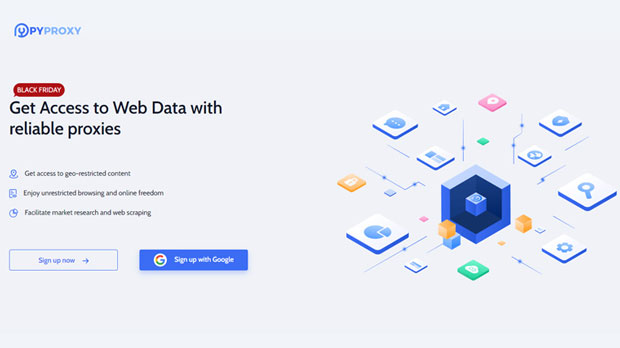How compliant are rotating IP proxies in different countries?
Rotating ip proxies, which use different IP addresses to mask a user's true location, have become increasingly popular in various online activities such as web scraping, data collection, and circumventing geographic restrictions. However, the use of rotating IP proxies across different countries raises several compliance concerns. The legal implications of using these proxies are highly dependent on local laws and regulations, which vary significantly from one country to another. It is essential for users to understand the legal frameworks governing online activity in different jurisdictions to ensure that they are not violating any laws. This article explores the compliance considerations of rotating IP proxies in various countries, focusing on data privacy, internet fraud, and circumvention of geo-blocking. Introduction to Rotating IP ProxiesRotating IP proxies are a mechanism used to change the IP address assigned to a user at regular intervals or based on specific criteria. This approach provides anonymity and can be useful for bypassing restrictions or scraping large amounts of data from websites without getting blocked. These proxies are often used by businesses and individuals who need to gather information from the web, whether it is for market research, price comparison, or social media analytics. However, despite their utility, the compliance of such proxies is not straightforward. Many countries have laws that govern data usage, privacy, and digital activity, and using these proxies inappropriately could result in legal ramifications.Legal Frameworks Governing Rotating IP ProxiesThe legal landscape regarding the use of rotating IP proxies is complex. It involves multiple layers of regulation at both national and international levels. In many countries, regulations on data privacy, cybercrime, and intellectual property can all intersect when dealing with the use of proxies. Some countries have clear rules that define the circumstances under which proxies can be used, while others have more ambiguous or outdated laws.Data Privacy and Protection LawsOne of the most important legal considerations when using rotating IP proxies is compliance with data privacy laws. Different countries have enacted strict regulations to protect the personal data of their citizens. For example, the European Union’s General Data Protection Regulation (GDPR) imposes significant restrictions on the collection, processing, and storage of personal data. In practice, this means that users of rotating IP proxies must be cautious about how they collect and handle data.In jurisdictions where data privacy is strictly regulated, such as in the EU, the US, and parts of Asia, it is essential to ensure that the use of proxies does not infringe upon these regulations. If the proxy is used to scrape personal or sensitive data from websites, this could be considered a violation of privacy laws. For example, scraping social media sites for private user information may violate GDPR, even if the IP address is rotated to hide the user's identity.Geo-Blocking and Circumvention LawsRotating IP proxies are also commonly used to bypass geo-blocking or content restrictions. In some countries, this practice is legal, while in others, it can lead to legal issues. For instance, circumventing geo-restrictions to access content or services that are only available in certain countries could be viewed as illegal, particularly if it involves accessing copyrighted content or using paid services without permission.Countries like the United States have robust digital copyright laws, such as the Digital Millennium Copyright Act (DMCA), which could be violated when users use proxies to bypass content blocks on streaming services. Similarly, in China and several other nations with strict internet censorship, using proxies to circumvent national internet regulations could lead to penalties. Violating these laws could not only result in fines but could also lead to criminal charges depending on the scale of the circumvention.Cybersecurity and Fraud RisksAnother aspect of using rotating IP proxies is the potential to inadvertently violate cybersecurity laws. If proxies are used in the context of fraud, phishing, or other illegal activities, this could lead to severe legal consequences. Many countries have enacted cybersecurity laws that make it illegal to engage in activities such as hacking, identity theft, or data breaches. Even the use of proxies to conceal one’s identity while engaging in fraudulent activities could be considered a violation of cybersecurity laws.For example, in the US, the Computer Fraud and Abuse Act (CFAA) criminalizes unauthorized access to computer systems, which could include using proxies to scrape websites or engage in other activities without permission. Similarly, in many countries, using proxies to perform activities like credit card fraud, bot attacks, or identity theft would attract severe penalties.Compliance in Specific CountriesThe use of rotating IP proxies is particularly sensitive in certain countries due to their stricter regulations. In Europe, the GDPR and ePrivacy Directive set the standard for data protection, and any misuse of proxies for activities like web scraping, data mining, or bypassing geographical content blocks can result in heavy fines. Similarly, in the United States, the DMCA and the Computer Fraud and Abuse Act govern digital activities, and violations related to proxy use can result in significant legal consequences.In countries with more restrictive internet policies, such as China, Iran, and Russia, the use of proxies can be even more problematic. These nations have stringent laws that regulate internet traffic and monitor online activity. Using rotating IP proxies in these regions can result in criminal charges, especially if used for purposes like circumventing government-imposed internet censorship or accessing unauthorized content.On the other hand, some countries like Canada and the UK may have less stringent regulations on the use of rotating proxies, although compliance with local data protection laws still applies. These regions may be more lenient towards the use of proxies for legitimate business purposes but still impose fines for activities such as fraud, identity theft, or large-scale data scraping.Best Practices for ComplianceTo mitigate the risks associated with using rotating IP proxies, it is crucial to follow a set of best practices that prioritize legal and ethical compliance. First, ensure that any use of proxies complies with the relevant data protection and privacy regulations in the country of operation. For example, businesses should seek explicit consent when collecting personal data and avoid scraping sensitive information.Second, it is essential to stay updated with the changing landscape of digital law and internet governance. Proxies should only be used for legal and ethical purposes, such as research or accessing content that is legally available. It is also advisable to consult with legal professionals to navigate the complex regulatory environment.Lastly, users should implement robust security measures to ensure that their use of proxies does not inadvertently involve them in fraudulent or malicious activities. This includes monitoring for cybersecurity threats and ensuring that proxies are not used for illegal purposes, such as hacking or data theft.ConclusionIn conclusion, the use of rotating IP proxies requires careful consideration of the legal and compliance implications in different countries. The global regulatory landscape is diverse, with varying laws governing data privacy, circumvention of geo-blocks, and cybersecurity. It is important for users to be aware of these regulations and to adhere to them to avoid legal penalties. By following best practices and consulting with legal experts, users can ensure that they are using rotating IP proxies responsibly and ethically, without violating local or international laws.
2025-02-10

























































